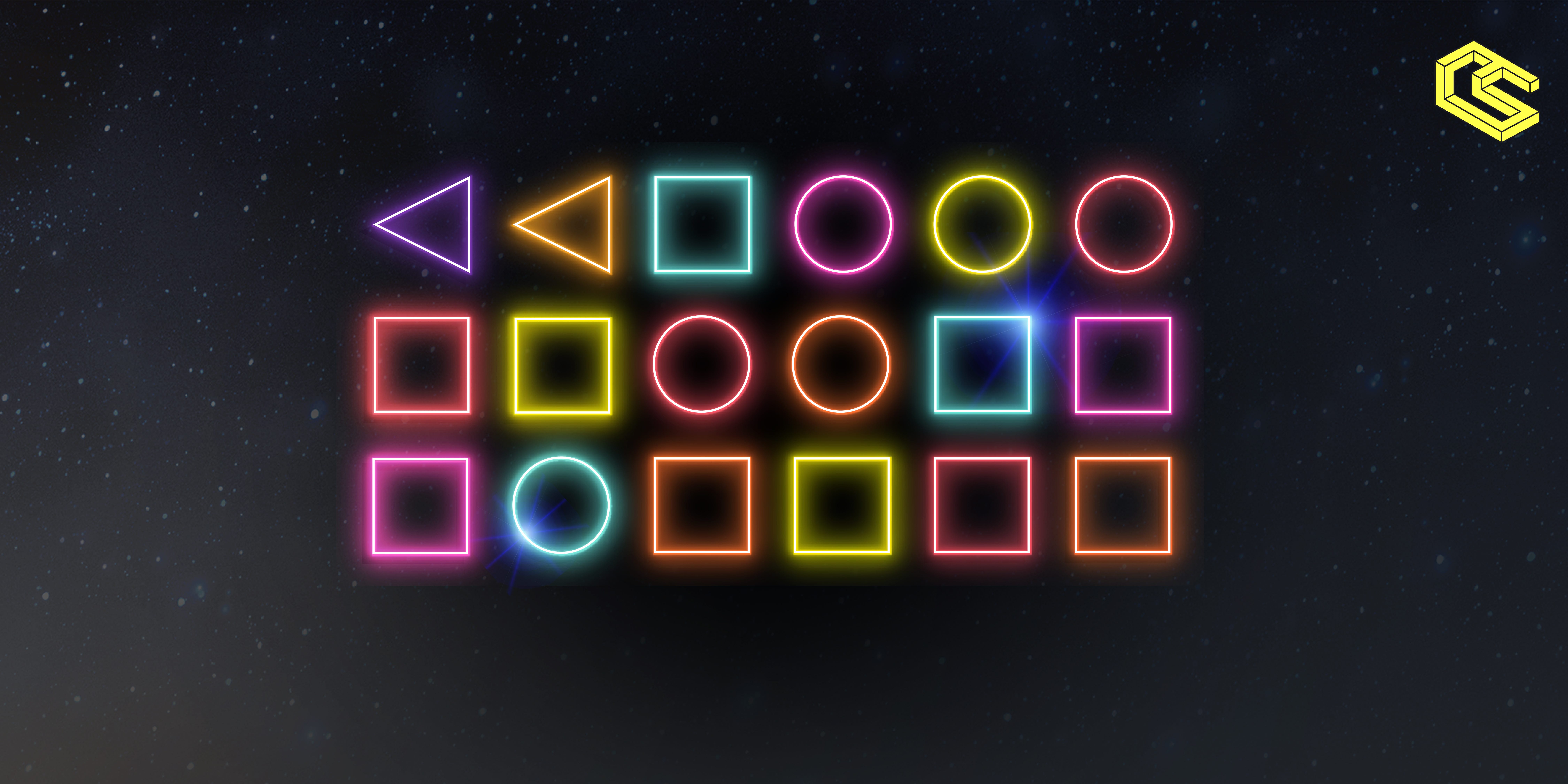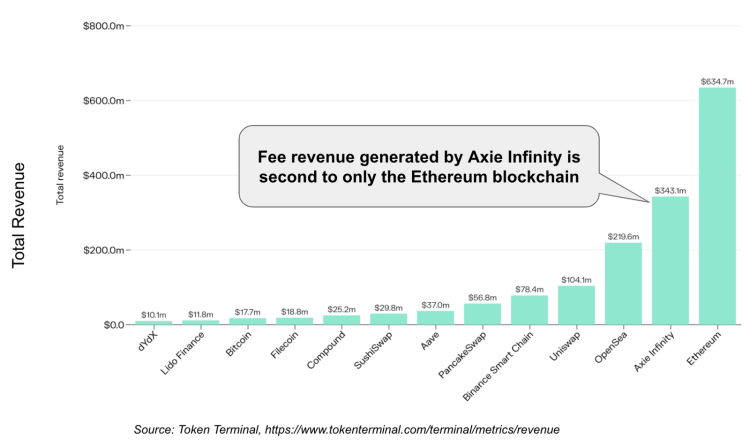The Promise of Blockchain Gaming

Authored by Kwame Bryan
An exploration of some topics around blockchain gaming and how the ChainSafe Gaming SDK can help
The ChainSafe Gaming SDK is an open-source library that connects games built with the Unity game development engine to the blockchain. The library currently supports WebGL and iOS/Android (experimental), and is compatible with most EVM-based chains such as Ethereum, Polygon, and Binance Smart Chain. It is the first fully agnostic SDK in the gaming and Web 3.0 paradigm. Dive into the code in our Github repo, read more from our official announcement, and join the thriving conversation over in the #🕹 gaming-general channel in our Discord.
Imagine you had a crystal ball, and you were to look into the future to see how the gaming industry evolves. What would that future look like? To come up with a solid answer, we can examine the present state of blockchain gaming to find some clues.
If you have had any exposure to the blockchain gaming ecosystem, you have probably heard the words Axie Infinity, Blankos Block Party, and the one that started it all - CryptoKitties. Okay, so, honestly, this is a nothing burger. But what differentiates game development in the Web2 paradigm and game development in Web3?
Let's begin by looking at one of the most popular ways game developers are starting to integrate blockchain technology: non-fungible tokens (NFT's). Scarce, secure, and tradable in-game assets.
NFT's? WTF!
Here is a snippet from Wikipedia for those that are new to the concept:
"A non-fungible token (NFT) is a unit of data stored on a digital ledger, called a blockchain, that certifies a digital asset to be unique and therefore not interchangeable.[1] NFTs can be used to represent items such as photos, videos, audio, and other types of digital files. However, access to any copy of the original file is not restricted to the buyer of the NFT. While copies of these digital items are available for anyone to obtain, NFTs are tracked on blockchains to provide the owner with a proof of ownership that is separate from copyright."
In other words, for the first time in the history of computing, blockchains have unlocked both digital provenance and provable scarcity on otherwise infinitely reproducible digital assets.
That's yuge.
This uniqueness is what makes NFT's in blockchain gaming so interesting. If you have played games as we have, you may have imagined this character you built up and the possibility of using that character (or their equipped items) in another game and/or blockchain. For example, having a unique item stored on the blockchain that could have records of all battles played living forever is an interesting thought.
Another use case that we have talked about before is the use of portable in-game NFT assets. Imagine being able to buy a skin pattern for a character on an open marketplace, and being able to freely transfer this NFT from one blockchain game to be used in another. We are really only touching the tip of the iceberg on this front.
Open composability and collaboration of different projects and applications may yet be another big gamechanger (no pun intended) for blockchain gaming. In the infamous "Loot" example, dom (aka @dhof on Twitter) released a collection of NFT's that simply had text representing equippable items on a blank background. Since it was released as a free mint, an entire open ecosystem has sprung up to build and imagine worlds around these "Loot" NFT's. What sort of worlds can a community build by collaborating and layering on top of said NFT's in blockchain games?
Needless to say, we're tremendously excited by the possibilities that NFT's can unlock in gaming.
Playing to earn real money
We recently read an article about people in the Philippines playing play-to-earn games full time during the pandemic . In many cases, the people are making more money playing video games than the jobs they had before. On the contrary, would this story be the same if the game had been published by a studio that had control over a centralized, silo'd off gaming economy? We would think not.
This is something that I'm sure we can all agree on - non-fungible tokens (NFT's) unlock vast potential in the future of gaming, especially in the realm of play-to-earn.
If you want to look into the future and try to define what blockchain gaming will look like, we only need to look to the present. Play-to-earn will be a model for publishing studios to emulate, offering games where players can earn real money or other rewards by playing. And Axie Infinity is just one example proving out the play-to-earn model. That's the kind of market blockchain gaming is perfectly suited for, and will absolutely disrupt.

Scalability in gaming
Polygon - a major sidechain - meanwhile has created a full-stack Ethereum scaling solution. That means that Polygon has created its own layer of technology that offloads transactions away from Ethereum. This is a good thing! Otherwise, running a blockchain application - especially in the case for games - can be slow, expensive to transact over, and costly for the environment (under the proof-of-work regime).
Applications deployed on the Ethereum network tend to get squeezed out by high gas fees especially during peak usage of the network. [Gas fees refer to the amount one has to pay to ensure their transaction gets added into a block faster.] There are many proposed alternatives for scaling Ethereum, including offloading applications and transactions to the aforementioned "sidechains" as well as layer-2 ("L2") blockchains that all promise lower gas fees and higher throughput by trading off for a bit of centralization.
There are many on the market with such scalability promises like Optimism, Arbitrum, and Fuel, although Polygon seems to be leading the charge and bringing scalability to blockchain games.
Getting Started: Installing the SDK and configuring our development environment
As you can see, blockchain gaming is an incredibly exciting frontier for developers to explore. But why wait to watch what others build when you can join the legions of pioneers forging the future of gaming? The ChainSafe Gaming SDK - which connects games built in the Unity development engine to the blockchain - is the perfect place to start.
You can find the download link here to get setup with the development environment: ChainSafe Gaming SDK Download
Next, take a look at the following video to follow along a simple example that will guide you through the setup process for displaying a user's web3 wallet/account information in a Unity opening "scene":
You can also hop on over to our newly released documentation site, where there is a series of videos showing you how you can build your first blockchain-connected Unity game: Visit our documentation
Lastly, take a look through our newly released tutorials documenting how to build blockchain-connected Unity games for mobile.
Get Involved
Our gaming devs are hyper responsive on our Discord — if you have any development questions or want to showcase that new game you built (with the help of our SDK), please head over to the #gaming-general channel!
Want to work with ChainSafe? **** Come join us! Check out the open positions on the Careers section of our website and get in touch with us at careers@chainsafe.io if you are interested.
Make sure to join in the conversation on ChainSafe's Discord. Learn more about ChainSafe by visiting our website, through Medium, via Twitter, or by visiting the ChainSafe GitHub. We also have a YouTube channel with great content!
Acknowledgements
Thank you to Leon Do, Tim Ho, and Alex Voto. Your contributions were invaluable to the making of this article!
Originally published at http://github.com.

